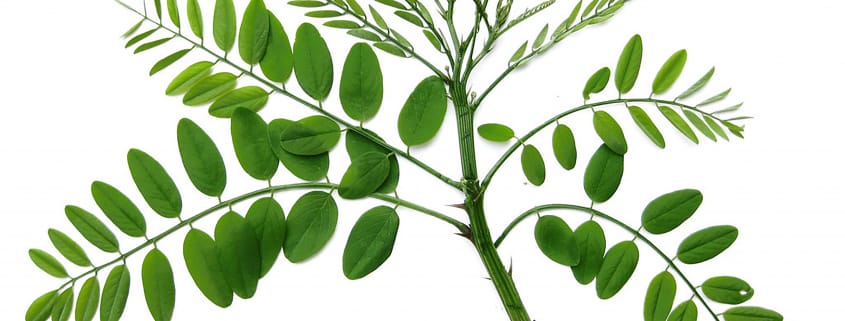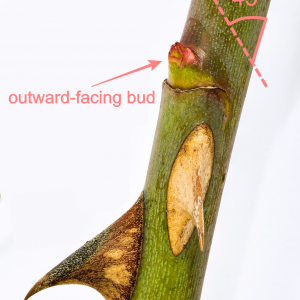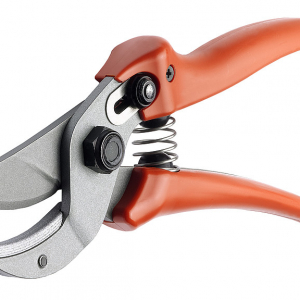Nature’s air purifiers
With the recent devastating fires in our area, many beautiful gardens were destroyed and, along with them, some beautifully established shade trees, the natural umbrellas of our gardens.
It’s important in the re-establishment of our gardens that we consider replacing these essential components of the landscape, and during these winter months many of these trees are available in nurseries.
In making your selection, consideration of the eventual size of the tree must be utmost in your mind. What do you want the tree to provide – summer shade for a particular section of your garden or winter sun? Anything else? Once the tree has started to grow it can be detrimental to dig it up and relocate it.
You can select from various types, including larger spreading forms, upright narrow trees for a restricted part of the garden, weeping trees for a central garden position or a range of flowering trees that add a beautiful touch to any spring garden.
Larger spreading trees include Golden Ash, Claret Ash, Manchurian Pear, Gleditsia (several forms), Robinia and Chinese Elm. Upright forms include ornamental pears (several varieties), ornamental plums (new narrow forms) and many other new varieties that have recently come onto the market. Flowering trees include ornamental cherries, crab apples, plums and some magnificent magnolias.
Most nurseries will now have many deciduous trees in stock and the owner would have selected either bare-root or container-grown forms. If you choose a bare-root tree, it’s important to ensure that at no stage have the roots been allowed to dry out, as this can make it difficult for the tree after planting. Pot-grown trees have a more established root system, may be a bit more mature and will not have had their roots dry out.
Once you have chosen your tree, the next most important procedure is the planting. For bare-root forms, dig a hole slightly larger than the root ball, at least deep enough to cover the roots but not so deep that the tree is buried higher than halfway to the graft union. Soak the roots in water and a liquid seaweed-base fertiliser, and mix some composted animal manure with the soil you have dug out of the hole. Place the tree in at the correct depth and gradually add the soil back into the hole, shaking the tree slightly as you go to allow the soil to fall in amongst the roots. When you have all the soil in the hole, slightly compress the soil and water it in to remove any air pockets. Stake if required, using two stakes at the sides of the plant, taking care not to damage the roots.
If you have purchased container-grown plants, the process is the same, apart from loosening the roots slightly to allow them to establish. If you are unsure of any of these processes, ask your nursery person.
I mentioned in an earlier column that it was important to be patient when making the decision to remove fire-affected trees as, depending on the severity of the fires, they might not have been killed but just scorched. I suppose spring will tell—if they don’t shoot, they have died. If they’re still standing, there’s hope. If you can reach branches, slightly scrape the bark in a small section and if it’s still green, there’s a chance they’ll recover. If not, remove and start the replacement program.
Good luck!



